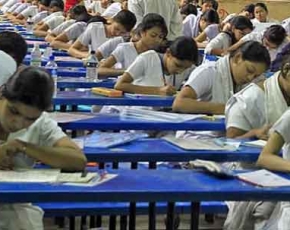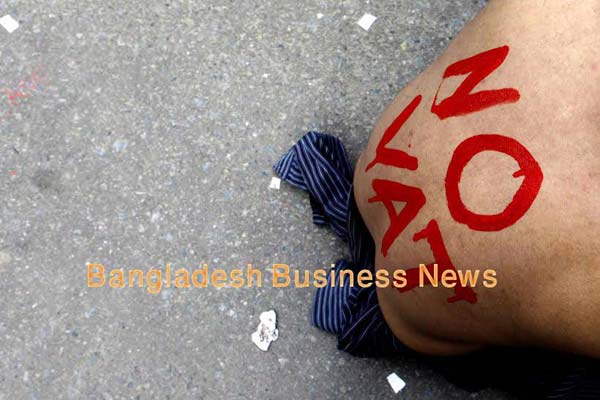Dhaka, Bangladesh (BBN)– The central bank of Bangladesh has unveiled its half-yearly monetary policy that aims at keeping inflation rate at around 7.0 per cent by the end of this fiscal through discouraging credit flow to unproductive sectors.
“Monetary policy stance in the second half (H2) of this fiscal will, as before, remain accommodative for productive economic activities; while also firmly discouraging diversion and undue expansion of bank credit for wasteful unproductive uses, to stem build-up of inflationary pressures,” Bangladesh Bank (BB) Governor Atiur Rahman told reporters at the central bank on Sunday while releasing the monetary policy for January-June period of the fiscal 2010-11 (FY11).
He also said climatic adversities disrupting output in many regions around the world are pushing up global prices of food commodities; strong growth performance in emerging and developing economies is propping up global prices of energy and non-food industrial commodities as well.
“Against this backdrop, decline in the 12-month average CPI inflation in Bangladesh in H2 FY11 may be slower than expected earlier, remaining above the 6.5 per cent level targeted in government’s FY11 budget. A level around 7.00 per cent appears to be likelier for June 2011,” the BB governor added.
The government could re-fix energy price in H2 of this fiscal that will impart some upward spurt on non-food CPI inflation, he said.
“Food price inflation remained volatile in H1 FY11 both domestically and globally, at 9.80 per cent in November in Bangladesh against 10.88 percent of June 2010,” Dr. Rahman added.
The country’s inflation as measured by consumers’ price index (CPI) moved slightly in the month of November last mainly because of increase in prices of food items.
The inflation rate moved up to 8.14 per cent in November from 8.12 per cent of the previous month on the annual average basis, according to the Bangladesh Bureau of Statistics (BBS) data.
On the other hand, the point-to-point inflation rate rose to 7.54 per cent in November from 6.86 per cent in October 2010 despite declining prices of non-food items.
The central bank has taken measures to reduce credit flow to the private sector through asking some banks to bring down their credit deposit ratio (CDR) at a rational level and imposing restriction on consumer financing.
“We’ve already imposed restriction on consumer financing so that banks are discouraged to lend to unproductive sectors,” BB Senior Deputy Governor Nazrul Huda said while replying to a query.
Credit flow to the private sector recorded a growth of 27.77 percent to BDT 658.938 billion in November 2010 on a year-on-year basis compared to 16.73 percent or BDT 340.175 billion in the same period of the previous calendar year, according to the central bank statistics.
However, the BB had set the private sector credit growth target at 16 per cent by the end of June 2011.
The BB deputy governor also said the central bank has sat with the banks, which have higher credit growth than that of deposit, separately to discuss the issue.
In conformity with the monetary policy stance and the financial inclusion initiative, the BB’s credit policies in H2 FY11 will seek to redirect credit flows for unproductive wasteful uses into productive, employment and income generating uses.
“Supervisory vigil on lending and loan administration discipline in banks will remain stricter, lapses and laxities in lending banks will be dealt with sternly, eschewing forbearance,” the BB said.
The first-ever monetary policy statement was formally published in January 2006 and the central bank of Bangladesh declared that it would publish it on a half-yearly basis along with a half-yearly policy review.
BBN/SI/AD-31Jan11-1:22 pm (BST)









